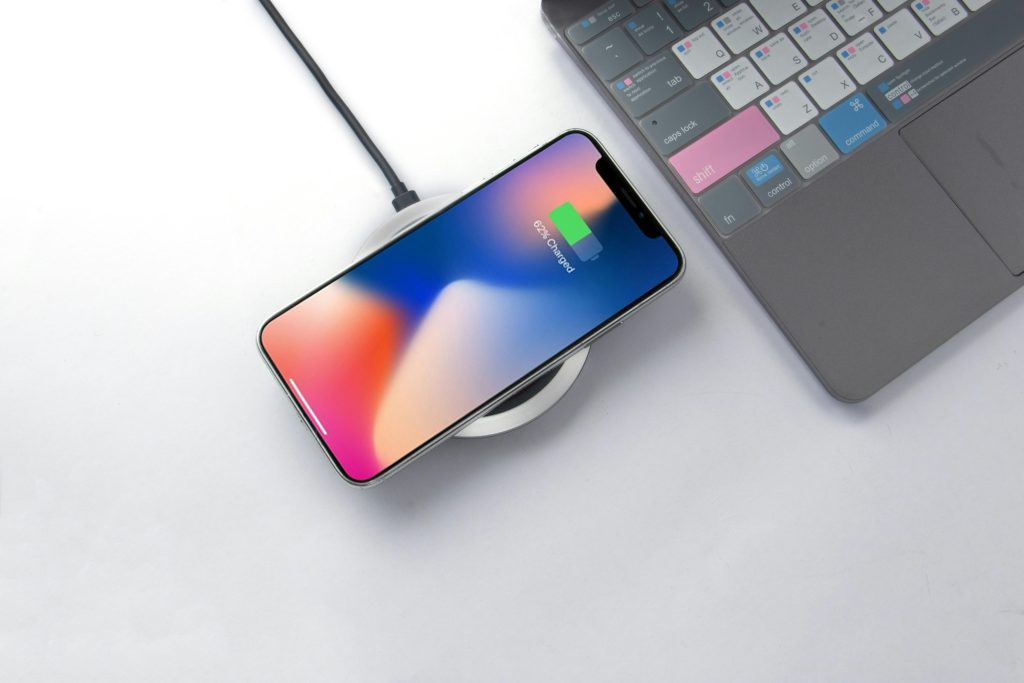Table of Contents
Wireless charging has emerged as a convenient and innovative technology that simplifies the way we power our electronic devices. By eliminating the need for cables and connectors, wireless charging offers a seamless and efficient method of recharging smartphones, tablets, wearables, and other gadgets. This article delves into the principles of wireless charging, its technological advancements, benefits, and considerations for users and the environment.
How Wireless Charging Works
Wireless charging, also known as inductive charging, uses electromagnetic fields to transfer energy between a charging station (transmitter) and a compatible device (receiver). The process involves two main components:
1. Transmitter (Charging Pad or Mat)
The transmitter generates an alternating current (AC) through an induction coil, creating an electromagnetic field.
2. Receiver (Device)
The receiver, embedded within the device or attached as a case, contains a coil designed to resonate with the transmitter’s electromagnetic field. This induces a current in the receiver’s coil, which is converted into direct current (DC) to charge the device’s battery.

Types of Wireless Charging Technologies
1. Inductive Charging
Inductive charging is the most common form of wireless charging. It relies on electromagnetic induction to transfer energy between the transmitter and receiver coils. Devices such as smartphones and smartwatches use inductive charging pads or mats that require physical contact with the device for charging to occur.
2. Resonant Charging
Resonant charging enhances the distance and alignment flexibility between the transmitter and receiver coils. It allows devices to charge even when not precisely aligned with the charging pad, providing greater convenience. This technology is ideal for charging multiple devices simultaneously on larger charging surfaces.

Advantages of Wireless Charging
1. Convenience and Ease of Use
Wireless charging eliminates the hassle of dealing with tangled cables and connectors. Users simply place their compatible device on a charging pad or surface to initiate charging, making it a convenient solution for home, office, and public spaces.
2. Extended Device Lifespan
Regular plugging and unplugging of cables can wear out charging ports over time. Wireless charging reduces wear and tear on device ports, potentially extending the lifespan of smartphones and other electronics.
3. Enhanced Safety
With no exposed electrical contacts, wireless charging reduces the risk of electrical shocks and short circuits. It also minimizes overheating issues commonly associated with traditional charging methods.
4. Aesthetic Appeal
Wireless charging pads come in various designs, materials, and colors, allowing users to match their charging stations with home or office decor. This aesthetic appeal adds to the overall user experience.

Considerations and Challenges
1. Efficiency and Speed
Wireless charging typically operates at slower speeds compared to wired charging, especially in current consumer applications. Advances in technology are continually improving charging speeds and efficiency.
2. Compatibility and Standards
Not all devices support wireless charging out of the box. Compatibility issues may arise based on device models and wireless charging standards (e.g., Qi standard). Users should ensure their devices are compatible with Qi-certified charging pads for optimal performance.
3. Heat Generation
Wireless charging can generate heat during the charging process, affecting device and battery temperatures. Proper ventilation and thermal management are essential to maintain device performance and battery longevity.
Environmental Impact and Sustainability
1. Reduction in Cable Waste
By reducing the need for disposable charging cables, wireless charging contributes to waste reduction and promotes environmental sustainability.
2. Energy Efficiency
Efforts are underway to improve the energy efficiency of wireless charging systems. Technologies such as automatic power shut-off when devices are fully charged help conserve energy and reduce electricity consumption.
3. Lifecycle Considerations
The materials and components used in wireless charging devices should be responsibly sourced and recyclable to minimize environmental impact. Manufacturers are increasingly adopting eco-friendly practices in product design and manufacturing.
Future Trends and Innovations
1. Integration into Furniture and Vehicles
Wireless charging technology is being integrated into furniture, vehicle consoles, and public infrastructure, offering seamless charging solutions in everyday environments.
2. Increased Charging Speeds
Ongoing research and development aim to enhance charging speeds and efficiency in wireless charging systems, making them more comparable to wired charging methods.
3. Expansion of Applications
Beyond consumer electronics, wireless charging is being explored for medical devices, electric vehicles, and industrial applications, promising broader adoption and innovation in the future.
Conclusion
Wireless charging represents a significant advancement in technology, offering convenience, safety, and aesthetic benefits to users. While current challenges include efficiency and compatibility considerations, ongoing innovations and standardizations are paving the way for widespread adoption. As the technology evolves, wireless charging has the potential to redefine how we power our devices sustainably and efficiently in the digital age.
3.5


